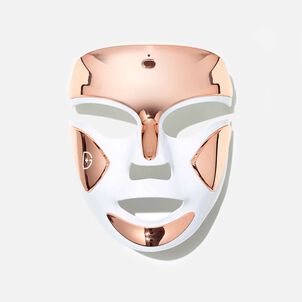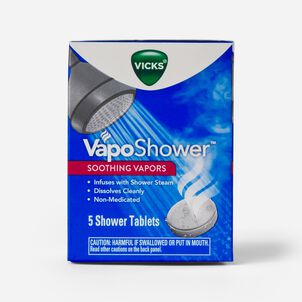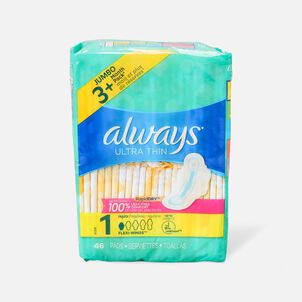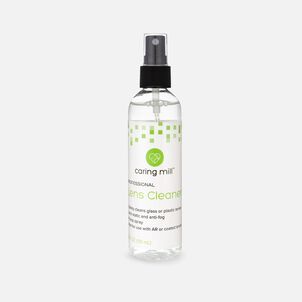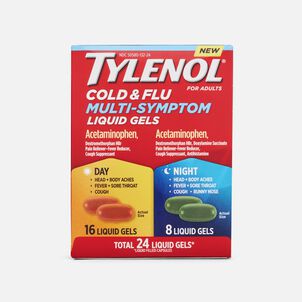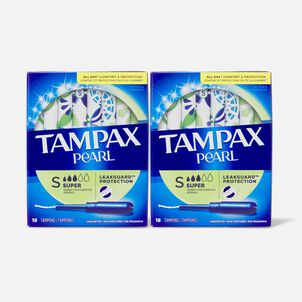Your mid-year HSA check-in

It's hard to believe, but 2018 is already half over. We're closer to the 2018 holiday season than the previous one. But before you start planning your holiday shopping, this is an excellent time for a mid-year HSA checkup.
Maybe you enrolled in your employer's high deductible health plan (HDHP) last winter, during open enrollment. Or maybe you bought your own HDHP. Either way, let's take a minute to make sure your spending and saving is on track.
Do you have an HSA?
A lot of people enroll in an HDHP, enjoy the lower premiums, but forget all about the HSA! If you have an HDHP and haven't opened an HSA, you're missing out on some pretty significant benefits. Now's a good time to fix it.
If you get your HDHP through your employer, you may have been provided with an easy option to sign up with your health plan enrollment (fingers crossed you're one of the lucky ones). If not, but you have HSA-qualified coverage, you can still sign up for an HSA on your own through an HSA custodian bank or credit union, which isn't an overly complicated process so we still encourage you to do it.
If you bought your own HDHP in the individual market, you'll need to choose an HSA custodian and open an account. Do your research to be sure that you're getting the best interest rates and lowest fees. Again, not complicated, but worth doing as soon as possible to maximize your benefits.
Are you hitting your contribution goals?
Maybe you opened an account at the beginning of the year, planning to make regular contributions. But if you didn't automate those contributions, or they're not automatically taken from your pay, you may have forgotten all about them.
Life gets in the way, and there are always other bills to pay! This is a good checkpoint to see how much you've contributed, and where you might need to make changes to get the most from your tax-free account.
If you have HDHP coverage just for yourself, you can put up to $3,450 into your HSA this year. If your HDHP also covers at least one other family member, you can contribute up to $6,900. The contributions are tax-free, and the money will grow in your account — also tax-free — until you need it.
It's in your best interest to contribute as much as possible to your HSA, so if you haven't contributed at least half of what you wanted to contribute this year, make a plan to manage your contributions for the second half of the year to make sure that by the time December rolls around, you've met (or at least come close to) your contribution goal for 2018.
Are you keeping careful records?
Whether you're using your HSA debit card or online bill pay system, reimbursing yourself each time you have a medical expense, or waiting to reimburse yourself at some point in the future, it's your responsibility to keep track of your receipts.
You'll need them if you're ever audited by the IRS, so that you can prove that the money you withdrew from your HSA was used for qualified medical expenses (including pharmacy products that can be purchased with tax-free HSA funds).
You'll also need to be able to prove that you didn't already deduct the medical expense on your tax return, and that nobody else reimbursed you, since you can't double-dip when it comes to tax benefits.
Usually, you're advised to keep tax records for the past seven years. But if you're using your HSA as a long-term investment, you might be using non-HSA funds to pay for medical care at a later date. But if you want to save up those tax-free funds for months, years or even decades, you'll need to keep all of your receipts that whole time as well.
Since sorting through a dusty shoebox crammed with wrinkled healthcare receipts from 27 years ago isn't a great way to spend a day, now's a good time to take a hard look at how you're organizing and storing your medical receipts.
Our advice? Keep it simple and make a spreadsheet (and back it up!) to go along with your receipts. You can also keep digital scans of your receipts, upload pictures of them to the cloud -- basically anything other than relying on that shoebox. In the end, you just want to track the following:
- All medical expenses you've made since you opened your HSA
- How much you've reimbursed yourself from the HSA
- How much is still eligible to be reimbursed at a later date.
Trust us, you'll thank yourself later. Enjoy the second half of the year, knowing you've got your HSA in order!
And as always, the information we provide does not and should not be considered legal or tax advice. In all cases with your HSA, we advise that you speak with a legal or tax professional to ensure that you have everything properly in order.
Tax Facts is a weekly column offering straight up, no-nonsense HSA tax and finance tips, written in everyday language. Look for it every Tuesday, exclusively on the HSAstore.com Learning Center. And for the latest info about your health and financial wellness, be sure to follow us on Facebook and Twitter.

.png)
